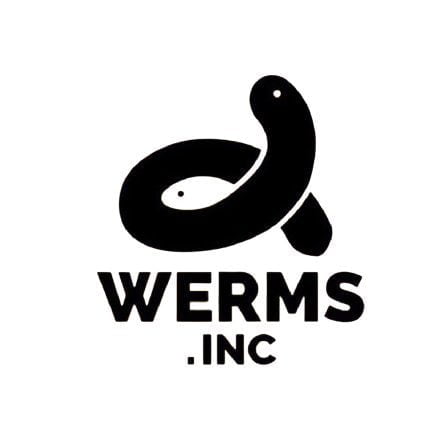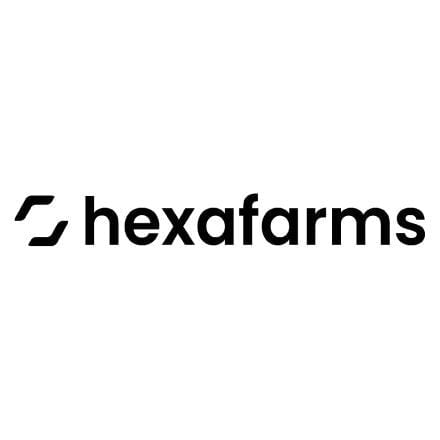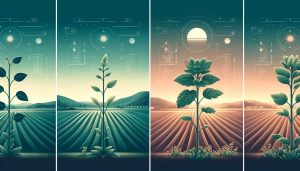As the global population continues to grow, the challenge of ensuring food security while minimizing environmental impact becomes increasingly urgent. In the realm of grain farming—a key contributor to global food security—two distinct approaches, intensive vs extensive agriculture, offer differing solutions with unique economic, ecological, and social consequences.
Amidst concerns over worldwide fertilizer supply, as highlighted by Peter Zeihan, understanding the intricate balance between these farming practices and their implications for the future of agriculture has never been more critical.
Beginnings and history
Intensive vs Extensive Agriculture
Grain Farming: Intensive vs Extensive
Beginnings
The transition from hunter-gatherer societies to settled agricultural communities began around 10,000 BCE during the Neolithic Revolution. Early agriculture was primarily extensive in nature, as small-scale farmers relied on basic tools and the natural fertility of the land to cultivate their crops. Slash-and-burn agriculture, which involved clearing land for cultivation and then moving on to another area once the soil fertility declined, is an example of an early extensive farming practice.
The Rise of Intensive Agriculture
As human populations grew and civilizations expanded, the demand for food increased, leading to the development of more intensive agricultural practices. The ancient Egyptians, for instance, practiced intensive agriculture along the fertile banks of the Nile River, utilizing irrigation systems to maximize crop yields.
During the Middle Ages in Europe, the three-field crop rotation system emerged as a more intensive form of agriculture. This system allowed farmers to grow crops on two-thirds of their land each year, alternating between different crops to maintain soil fertility.
The Agricultural Revolution
The Agricultural Revolution, which took place between the 16th and 19th centuries, marked a significant turning point in the history of intensive agriculture. Key innovations, such as the seed drill, selective breeding, and the development of new fertilizers, contributed to increased crop yields and more efficient land use. This period also saw the enclosure movement in Britain, which led to the consolidation of small landholdings into larger, more intensive farming operations.
The Green Revolution
The Green Revolution of the mid-20th century further accelerated the intensification of agriculture. This period saw the development of high-yielding crop varieties, synthetic fertilizers, and advanced irrigation systems, which collectively increased agricultural productivity and helped to address global food shortages. However, the Green Revolution also raised concerns about the environmental impact of intensive farming practices, including issues related to soil degradation, water pollution, and loss of biodiversity.
Modern Perspectives on Intensive vs Extensive Agriculture
Today, the debate between intensive and extensive agriculture continues, as farmers, policymakers, and researchers seek to balance the need for increased food production with the goal of sustainable land use and environmental stewardship. Technological advancements, such as precision agriculture and genetic engineering, offer new opportunities for increasing agricultural efficiency and productivity while mitigating the environmental impact of both intensive and extensive farming practices.
Intensive Agriculture vs Extensive Agriculture
| Aspect | Intensive Agriculture | Extensive Agriculture |
|---|---|---|
| Input per unit of land | High levels of input (fertilizers, pesticides, labor) | Lower levels of input (relying on natural resources) |
| Land use | Smaller land area required due to higher productivity | Larger land area required due to lower productivity |
| Crop yield | Higher crop yield per unit of land | Lower crop yield per unit of land |
| Technology | Greater reliance on technology and mechanization | Lesser reliance on technology and mechanization |
| Resource management | Focus on maximizing resource efficiency | Focus on utilizing available natural resources |
| Labor intensity | Higher labor intensity due to increased management | Lower labor intensity due to fewer management tasks |
| Environmental impact | Potentially higher impact (e.g., chemical pollution) | Potentially lower impact (e.g., less chemical usage) |
| Crop diversity | Often focused on monoculture or limited crop varieties | Greater crop diversity and multi-cropping systems |
| Livestock management | High animal stocking densities, confined spaces | Lower animal stocking densities, open grazing spaces |
| Economic investment | Higher initial investment for technology and resources | Lower initial investment for technology and resources |
Intensive agriculture refers to farming practices that involve high levels of input per unit of land. This can include high use of fertilizers, pesticides, and other resources to maximize crop yield. It often involves the cultivation of a single crop in a specific area and often relies heavily on technology and mechanization.
Extensive agriculture, on the other hand, refers to farming practices that involve lower levels of input per unit of land. These methods typically require larger land areas, as crop yields are lower, and rely more on natural resources such as rainfall and soil fertility.
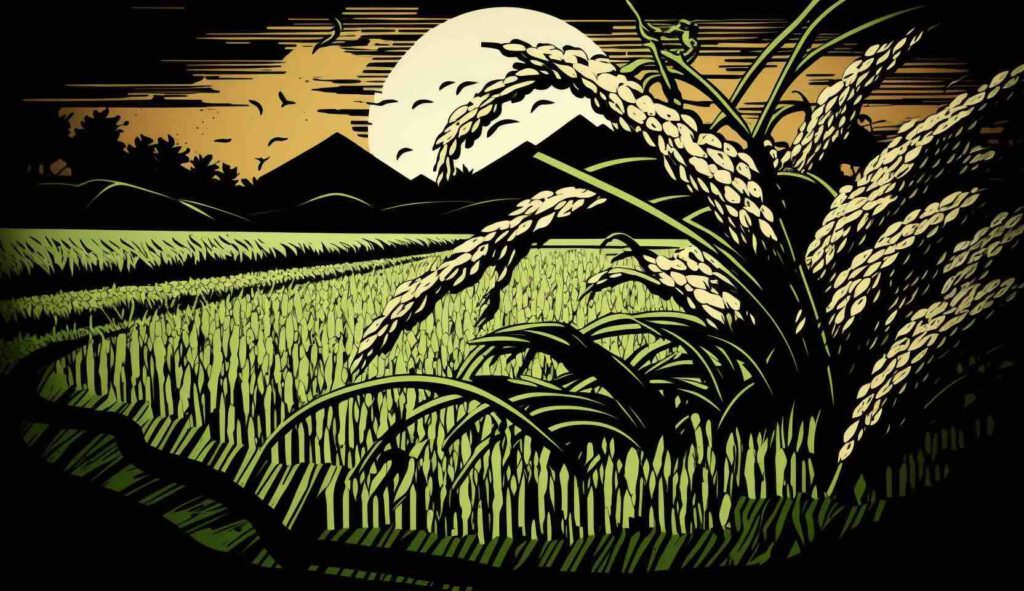
Grain Farming: An Overview
Grain farming is the cultivation of various types of cereal crops, which are a staple food source for a large part of the global population.
Types of Grains Grown & Grain Farming Methods
Some of the most commonly grown grains include wheat, rice, corn, barley, and oats. These crops are essential for human consumption and livestock feed, but: is grain farming intensive or extensive? Pretty much depends on quite some varieties (see table below).
Grain farming methods can vary significantly depending on the type of grain, regional climate, and available resources. These methods can range from small-scale traditional practices to large-scale, technologically advanced operations.
Grain Farming Intensive vs Extensive?
| Aspect | Intensive Grain Farming | Extensive Grain Farming |
|---|---|---|
| Grain varieties | Focus on high-yielding varieties | Wider variety, including traditional and local grains |
| Fertilizer usage | High reliance on synthetic fertilizers | Lower reliance, more use of organic or natural sources |
| Pesticide usage | Higher pesticide application for pest management | Lower pesticide application, more integrated strategies |
| Irrigation systems | Advanced irrigation techniques for water management | Rely more on rainfall and natural water sources |
| Soil management | Intensive tillage, focus on short-term fertility | Conservation tillage, focus on long-term soil health |
| Energy consumption | Higher energy inputs for machinery and resource management | Lower energy inputs, less mechanization |
| Crop rotation | Short rotation cycles, monoculture or limited diversity | Longer rotation cycles, more diverse crop systems |
| Yield per unit of land | Higher grain yield per unit of land | Lower grain yield per unit of land |
| Environmental impact | Higher risk of soil degradation, water pollution | Lower risk, focus on sustainable practices |
| Labor intensity | Higher labor intensity due to increased management tasks | Lower labor intensity, fewer management tasks |
| Economic investment | Higher initial investment for technology and resources | Lower initial investment for technology and resources |
| Market orientation | Focus on large-scale, global markets | Focus on local markets, community-supported agriculture |
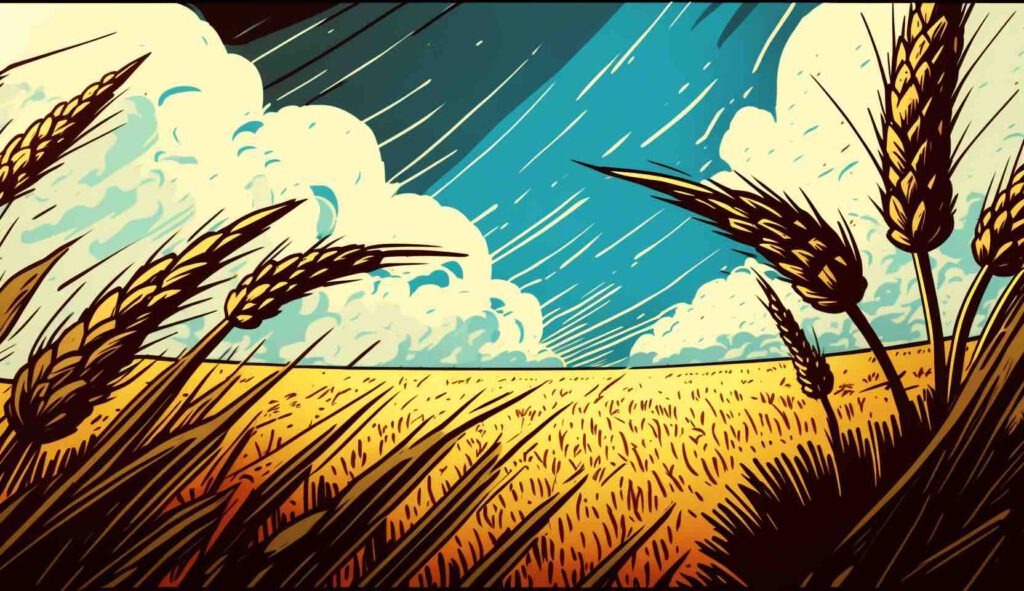
Factors Affecting Grain Farming
Grain farming can be either intensive or extensive, depending on various factors such as land availability, climate, soil fertility, and technological advancements. Intensive grain farming practices are more common in densely populated areas or areas with limited arable land, whereas extensive grain farming is more prevalent in regions with ample land resources and favorable climatic conditions.
Geographic Variation
In some regions, such as Asia and Europe, grain farming is often more intensive due to limited arable land and high population density. On the other hand, countries with vast land resources, such as Australia and Canada, may employ more extensive grain farming practices.
Technological Advancements
Technological advancements have made it possible for farmers to adopt intensive grain farming methods that can increase crop yields and make efficient use of limited land resources. Precision agriculture, genetically modified crops, and advanced irrigation systems are some examples of innovations that have contributed to the intensification of grain farming.
Dairy farming involves the raising of livestock, primarily cows, for the production of milk and other dairy products. Like grain farming, dairy farming can be classified as either intensive or extensive, depending on various factors.
Dairy Farming Methods
Dairy farming methods can vary significantly based on the scale of the operation, available resources, and regional factors. Small-scale dairy farms may rely on traditional practices, while large-scale commercial operations often utilize advanced technologies and more intensive methods.
The classification of dairy farming as intensive or extensive depends on factors such as land availability, feed resources, and the level of mechanization and technology employed in the operation.
In regions with limited land resources and high population density, dairy farming tends to be more intensive. These operations often use high-yielding breeds and focus on maximizing milk production per animal, with the aid of modern technologies and management practices. In contrast, extensive dairy farming is more common in areas with abundant land and natural resources, where animals can graze on large pastures.
Technological Advancements
Technological advancements have also played a significant role in shaping dairy farming practices. Innovations such as automated milking systems, precision feeding, and advanced animal health monitoring have enabled dairy farmers to increase efficiency and milk production while managing larger herds. These technologies have contributed to the intensification of dairy farming in many regions.
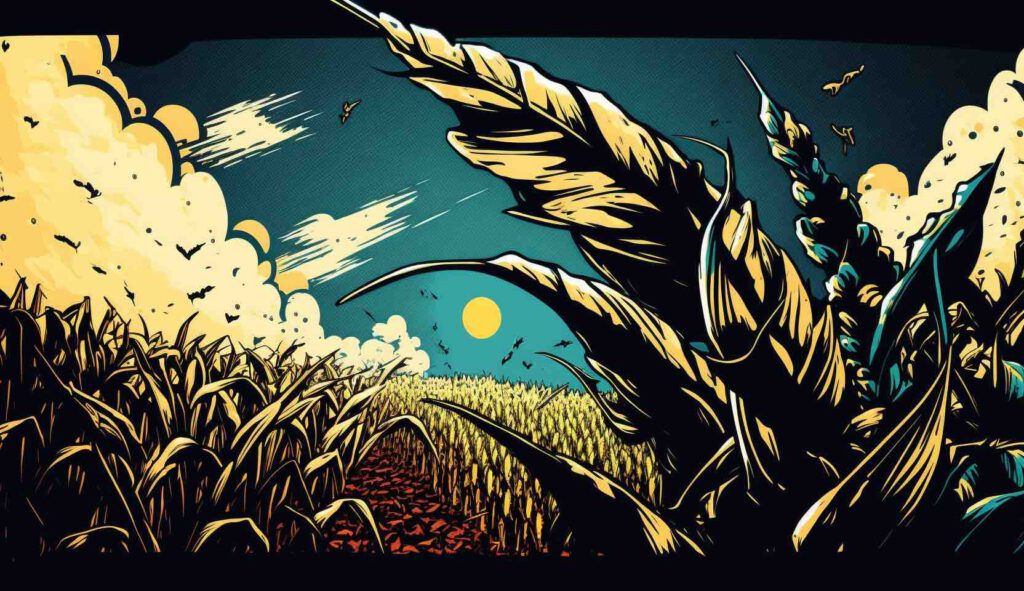
Conclusion
In conclusion, both grain farming and dairy farming can be classified as either intensive or extensive, depending on a variety of factors such as land availability, regional climate, and the level of technology employed in the operation.
While intensive farming practices are more common in densely populated areas with limited arable land, extensive farming methods are often employed in regions with abundant land resources and favorable climatic conditions. Technological advancements continue to shape and influence agricultural practices, leading to greater efficiency and productivity in both grain and dairy farming.
FAQs
- What is the main difference between intensive and extensive agriculture? The main difference between intensive and extensive agriculture lies in the level of input per unit of land. Intensive agriculture involves high levels of input, such as fertilizers, pesticides, and technology, to maximize crop yield, whereas extensive agriculture relies on lower levels of input and larger land areas.
- Can a single farm employ both intensive and extensive farming practices? Yes, a single farm can employ both intensive and extensive farming practices depending on the crops being grown, the available resources, and the specific goals of the farm.
- How do technological advancements impact grain and dairy farming? Technological advancements can lead to greater efficiency, higher crop yields, and improved resource management in both grain and dairy farming. Examples include precision agriculture, automated milking systems, and advanced irrigation techniques.
- Are intensive farming practices more environmentally damaging than extensive farming practices? Intensive farming practices can have a higher environmental impact due to increased use of chemical inputs and higher levels of resource consumption. However, extensive farming practices can also have negative environmental consequences, such as deforestation and habitat loss, due to the need for larger land areas.
- How can farmers balance productivity and sustainability in their operations? Farmers can balance productivity and sustainability by employing farming practices that maximize resource efficiency, minimize environmental impact, and maintain soil health. This may involve the use of conservation tillage, crop rotation, integrated pest management, and other sustainable farming techniques.







